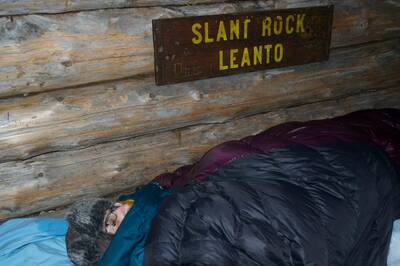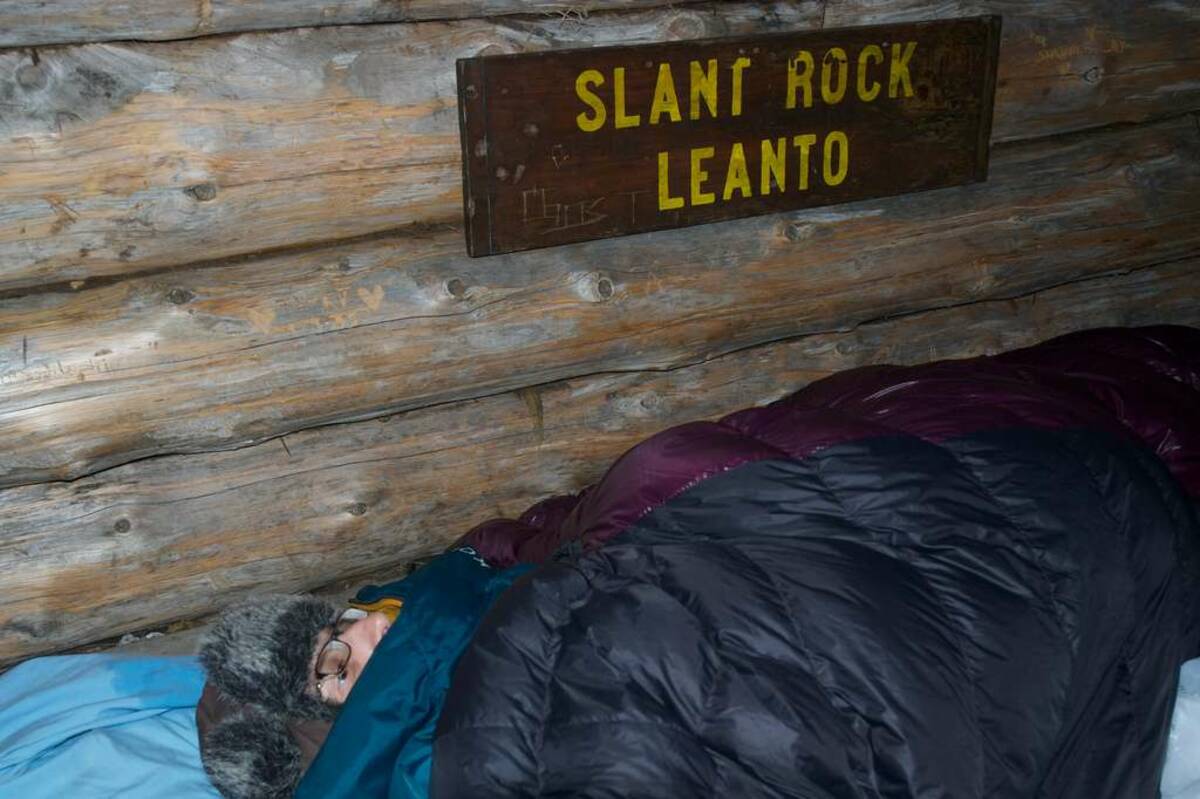Backpackers.com — Unlike Westeros, winter comes every year on Earth. And it's approaching steadily. Many people still opt to backpack in the frozen time of year, so we wanted to highlight some excellent advice on hypothermia.
Trails.com — an outdoor website that has hundreds of trails and resources for the everyday and serious backpacker — has a simple and clear article titled “How to Survive Hypothermia in the Wilderness.” We highlight some of the article's advice below. Altitude.org, another site dedicated to everything “high-altitude,” has a more comprehensive article on Hypothermia.
See our summary and links below.
Wilderness Hypothermia
Let's start with a clear definition of hypothermia. Trails.com author Nichole Landi says, “Hypothermia is a drop in the temperature of the body, medically defined as being below 95 degrees F.” Altitude.org gives a more complex definition:
“Hypothermia is defined as a core temperature below 35 degrees (Celsius). It is broadly categorised into:
Mild hypothermia (32-35 degrees C)
Moderate hypothermia (30-32 degrees C)
Severe hypothermia (<30 degrees C)”
Hypothermia can be noticed by the symptoms present, which start out as subtle changes in mood and complaints, typically of being “cold.” Watch out for a general attitude shift — hypothermia slowly takes the conscious state away, and often the victim would insist they are “fine” and do not feel any different.

The physical symptoms onset after these mental ones. Cold, white extremities and a loss of manual dexterity are the first signs. Then clumsiness, slurred speech, and blue lips are signs that moderate hypothermia is in effect. If you can take a pulse, you'll notice the hypothermia victim's pulse will slow down. This is a clear symptom, and steps must be taken immediately.
The Trails.com article is great because it lays out clear steps for those encountering hypothermia. If you're not medically trained, you can even print this out and bring it with you into the wilderness. In short, the steps are:
- Identify symptoms.
- Seek shelter.
- Remove wet clothes (most hypothermia is caused by getting wet in freezing temperatures).
- Warm the body externally.
- Warm the body internally.
The full article has helpful details for each of those steps, but we found a couple missing.
When seeking and setting up shelter, and after removing wet clothes, make sure the patient is insulated from the ground. A groundcloth, tarp, sleeping pad, and sleeping bags are excellent ways to do this, if they are dry and you have access to them. Likewise, if the hypothermia is moderate, make sure to check the airway of the patient.
“If the conscious level is significantly reduced they should be placed in the recovery position to protect their airway. Any movement should be slow and gentle – a good policy is to treat them as if they have a spinal injury.”
For more extreme cases, see the Altitude.org article in full. It is clear, helpful, and written from the medical perspective.
Backpacking has some inherent dangers, and in winter hypothermia is one of the biggest. If you plan on going out (which you should, because it's a beautiful time of year), make sure to know how to treat hypothermia.
Feautred image: Eric staves off hypothermia by rklopfer via Flickr
